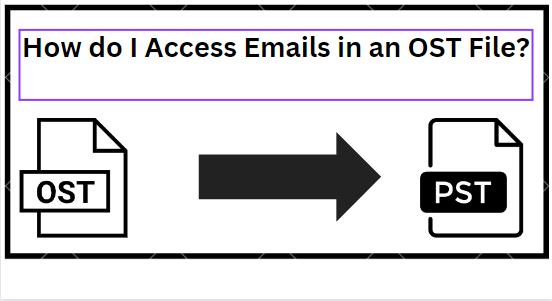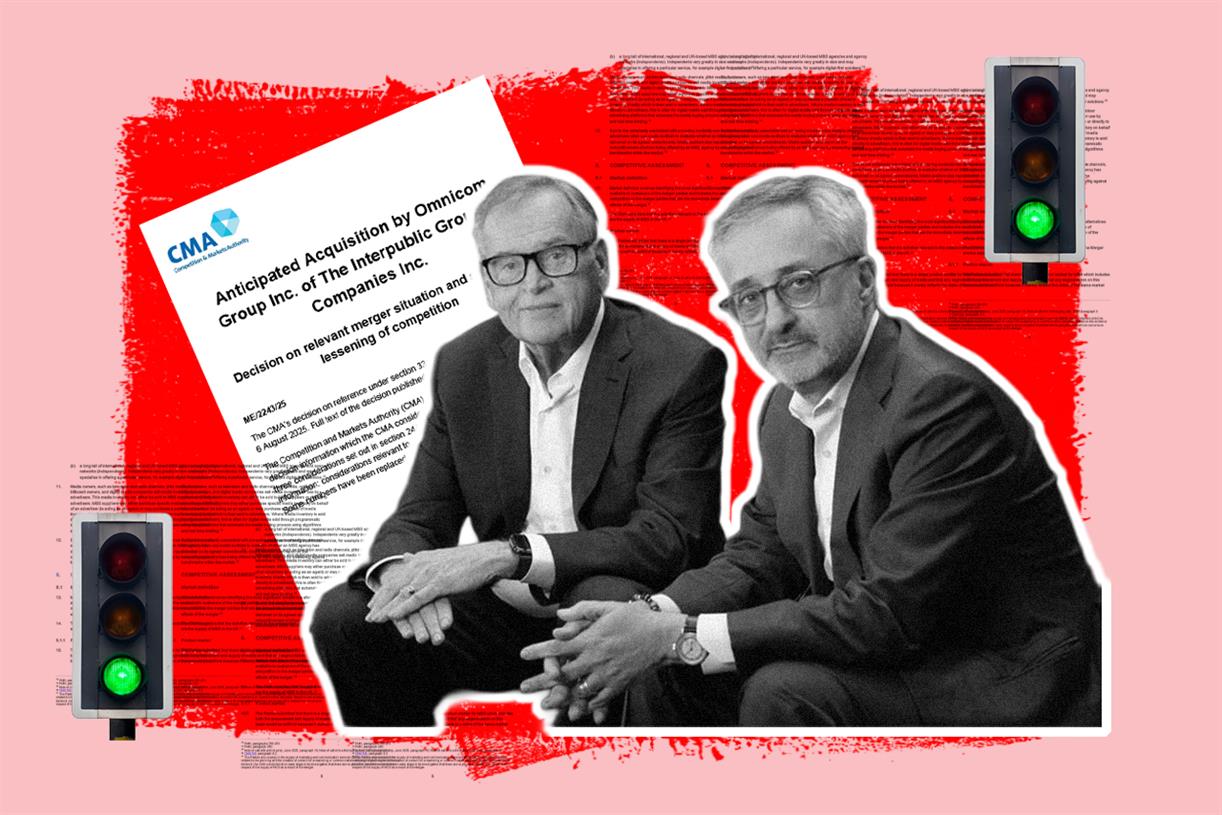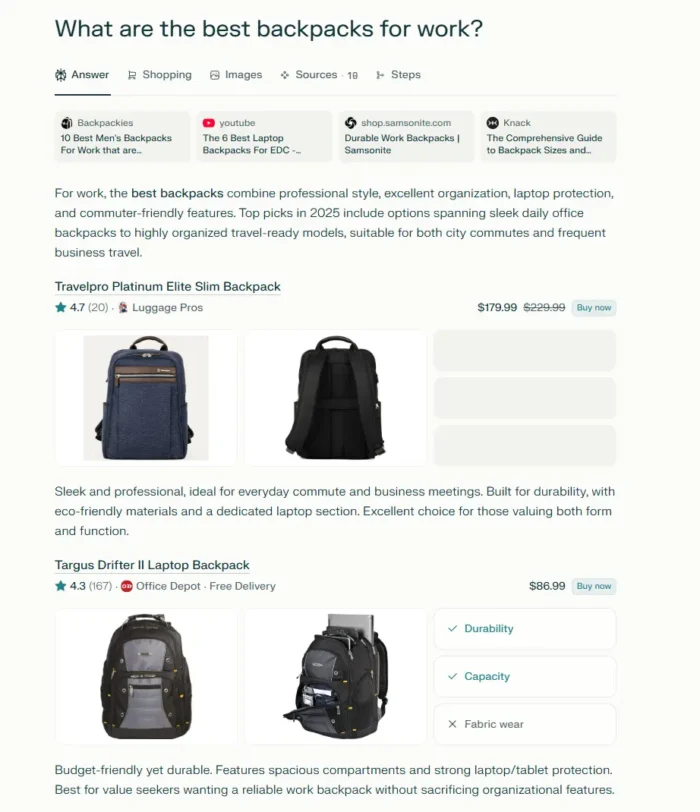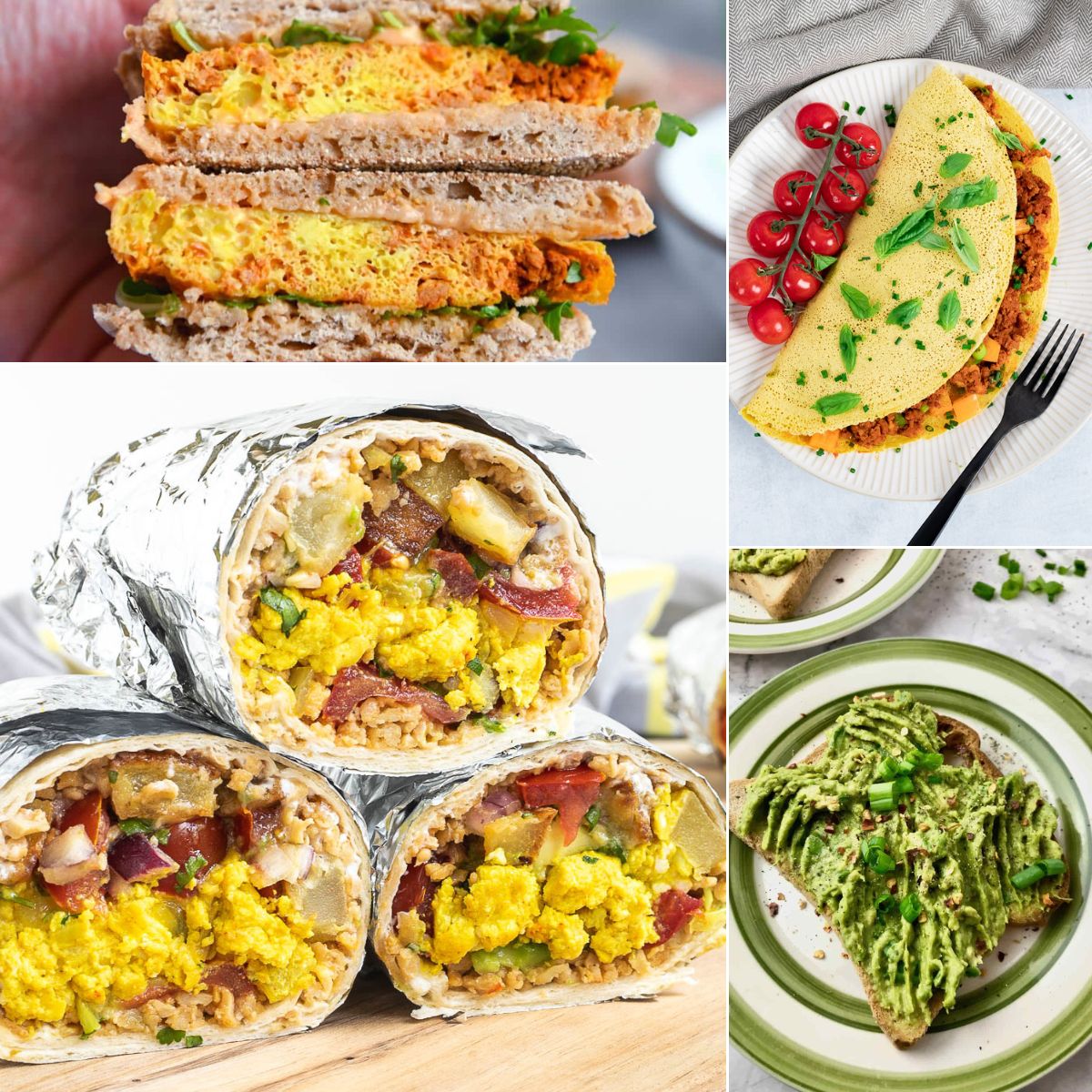Canned cocktails are the drink of the summer—behind the surge and marketing fueling it
The strategy behind the new wave of portable cocktails and spirit-based seltzers, from canned Jack & Coke to the Dirty Shirley.

Independence Day was nothing less than a fireworks show at the cash register for High Noon, a vodka-based seltzer brand that only just celebrated its third birthday.
Retail sales data shows the brand in the week ended July 3 not only was the country’s second-largest selling spirit brand, but did about the same in retail sales that week—$10.9 million, according to IRI—as the 10th-best selling U.S. beer brand family, Dos Equis.
High Noon’s ascent is evidence of the hottest trend in alcohol: Pre-mixed canned cocktails including seltzers made with real liquor are creeping into occasions once owned by beer, including Fourth of July cookouts, beach outings, boat rides and other places spirits products rarely went, until recently. As demand surges, a new market share battle is taking place among beer and spirits companies big and small, which are pumping out new canned cocktails at a dizzying pace. Offerings range from the forthcoming premixed cans of Jack & Coke from beverage giants Coca-Cola and Brown-Forman to Dirty Shirley, an adult version of the Shirley Temple from a small company in Boston called Black Infusions.
“Convenience is king,” said Jenn Litz, executive editor at industry publication Beer Business Daily, about the proliferation of new styles, and new packages, providing new possibilities for spirits. “It’s the ability to take it with you on a hike, or to the pool, and to not have to mix your own drink, or even pour it. You just pop the top. That’s appealing to everyone, especially millennials and Gen Z.”
The ideas these new drinks represent—a vodka cocktail, but on a moving golf cart; or a mojito, only at a baseball stadium—are radical ones for the larger alcohol industry, and yet represent what experts see as only the beginnings of the “RTD,” or the ready-to-drink movement. Alcohol beverage trend company IWSR projects RTDs as a whole to double to 8% of the world’s total alcohol beverage market by 2025, basing its findings on an October study in countries, including the U.S., which represent more than 85% of RTD volumes worldwide. IWSR defines RTDs as spirit-, wine-, or beer-based hard seltzers and sodas; hard coffees, teas, and kombuchas; flavored malt beverages; wine coolers; and canned cocktails.
The growth has inspired “diversity and innovation” among all players in the beverage industry, IWSR stated, resulting in some powerful new brands like High Noon, and a myriad of ways companies are approaching drinks, not just in spirits, but in all adult beverage classes.
“I think the dam has broken,” said Stuart Foster, who spent nearly 15 years in sales and brand marketing roles at Moët Hennessy, and today is a fractional chief marketing officer with Chief Outsiders. “All the consumer reasons for not accepting the RTD proposition—‘It tastes awful’, ‘I could make a better drink myself’ or, ‘I’ll just go to a bar,’ have gone away. Those arguments are all out the window now.”
While the RTD movement provides spirits brands the opportunity to play in new occasions, beer brands see it as a way to win new customers—particularly a younger and more diverse audience that might not even like beer, but beginning a few years ago, embraced sweeter and easier drinking beer-based seltzers and sodas.
Big brewers are increasingly moving beyond malt-based RTDs into liquor-based canned cocktails or seltzers. Boston Beer’s Truly, known for malt-based seltzers, has come out with vodka versions, as its craft beer arm, Dogfish Head, sells canned “Crushes” made from distilled spirits. Heineken USA just came out with Dos Equis Margarita, which is a 10% ABV tequila-based cocktail. (Dos Equis lager is 4.2% ABV.) Anheuser-Busch InBev’s portfolio includes Nutrl, a line of seltzers made with real vodka; and its Cutwater Spirits brand of canned cocktails, which were supported with a Super Bowl ad. Molson Coors’ offerings include vodka-based Arizona Hard Tea, sold in Canada.
“More than 50% of the businesses we build on Beyond Beer are incremental,” said Marcel Marcondes, global CMO of AB InBev, referring to the division of the company focused on items other than beer that he led prior to taking on his current role. “As we start to understand why consumers are doing this ... we found amazing things. One was that the people who drink this [seltzers and other beer alternatives the company now makes and markets] didn’t drink beer anyway because they were looking for a different profile. And the more we connect with them, the more incremental to the business it is to us.”
‘Vodka?’
High Noon is a brand for the RTD era. It’s made from vodka; borrows occasions and marketing strengths from beer; and is made by a company, E&J Gallo, best known for wine. And its target consumers, at least some of them, might not have existed were it not for malt-based seltzers cultivating an audience that High Noon sees as mature enough now to be seeking a slightly more expensive vodka-based upgrade.
The brand’s new campaign, called “Sun’s Up” from the agency Preacher, shows how High Noon is borrowing from a combination of beer’s most successful brands, Corona (controlled by Constellation Brands in the U.S.) and AB InBev’s Michelob Ultra: It’s sessionable like the former, low calorie like the latter, and has beer-like ABV of 4.5%. Its creative would appear aimed at health-conscious consumers (like Ultra), who also like “day drinking” and relaxing (like Corona).
“I’ve been in the spirits business since 2000, and between 2000 and 2020, spirits took 10% market share from beer,” said Britt West, VP and general manager, spirits, for E&J Gallo. “But there was always one inhibiting factor as to how far it could go, because we couldn’t show up in the same kinds of places, with the same kind of offerings. … From that standpoint, we looked closely at how our beer competitors show up and how they execute, because they execute the best ground games.”
One key insight behind High Noon’s development came when Gallo researchers asked young consumers about what they thought gave those fruity malt-based seltzers their buzzy punch.
“They looked at us puzzled, and said, ‘Vodka?’ And we said, if that’s what they think, we should give it to them,” said West.
High Noon has been careful to also highlight a premium positioning. It is a trendy but necessary element of successful spirit brands, which have turned the drawback of higher excise taxes influencing higher pricing on spirits into a virtue over the last two decades. (A four-pack of High Noon essentially sells for what a 6-pack of beer does.) “And that means in marketing, we also have to show up in premium,” West said. The brand prefers to advertise with programming that’s “must-see-live” TV (“The Bachelor” season finale, or the Wimbledon tennis tournament final, for example).
Marketing High Noon also requires the sophistication to understand how spirits’ limited retail availability vs. beer, due to varying state laws about where they are permitted to sell, impacts how the brand balances its local and national marketing. In Texas, for example, it would appear that based on beer-seltzer sales there, High Noon had a clear path to success, West said. The reality however is that Texas has very few liquor stores (which can sell its brand) in relation to its number of grocery or convenience stores (that can sell beer seltzers but not spirits-based interpretations), and so succeeding there meant a heavier emphasis on local marketing.
The brand has also benefitted in some states like Michigan, and more recently Vermont, which changed state laws and now base availability decisions on not the source of the alcohol, but the ABV of its packages. That’s allowed High Noon to sell side-by-side with competitors, and in many more outlets, and that has been an element of its growth there.
‘Hanging out’
The many new brands fighting for a piece of RTD growth are finding that differentiation, and a very sharp focus on the consumer proposition, are required.
“Right now, the RTD market is extremely competitive and the passageway to distribution is very narrow, both at the wholesale and retail level,” said Phil Mastroianni, co-owner of Fabrizia Spirits, a New Hampshire-based maker of vodka sodas and Italian-style canned cocktails using lemons imported from Sicily. “The question asked the most is ‘what makes this product different?’ You need to have a very good answer to be successful now.”
For New Amsterdam, the Gallo-owned bottled vodka brand, a new line of 8% ABV canned vodka drinks called New Amsterdam Wildcard is helping the brand lean further into vibrant flavors—and occasions the nightlife-associated bottled brand has less equity in—like just “hanging out,” said Brandon Lieb, VP of sprits at Gallo. Marketing includes sponsoring a Slam magazine-led series of live-streamed NBA2K video games between pro basketball athletes and gamers.
AB InBev’s Nutrl brand is approaching spirit seltzer positioning literally as an “upgrade” on other seltzers that may appeal to a younger and simpler lifestyle.
In June, the brand staged a “graduation ceremony” in New York, with a “commencement address” delivered by “Saturday Night Live” comic Chris Redd. The event was aimed at consumers in their mid-20s who, as Redd relayed, might be thinking of “ditching 2-in-1 shampoo,” and searching for one-bedroom apartments for the first time.
The message was clear: Nutrl (100 calories, 4.5% ABV and no added sugars in its core variety pack) accompanied this next-stage “adult” lifestyle better than what it might cast as entry-level hard seltzers. Nutrl worked with Wieden+Kennedy and Studio Butch to bring the campaign and in-person event to life. Allison+Partners worked on the PR campaign.
The rise of spirits-based seltzers comes as some malt-based counterparts slow. In the same July 4 shopping week in which High Noon posted 90.7% growth, the No. 1 beer seltzer, White Claw, fell by 7.2%, the No. 2 brand Truly, declined 23.8%, and Bud Light Seltzer crashed by 37.1%, IRI figures show. But a newer entrant, the Molson Coors-Coca Cola-backed Topo Chico Hard Seltzer, grew by 143.9%.
“That brand is much younger than the ‘OG’ seltzers,” said Litz. “Truly and White Claw came out in 2016, and Topo just went national this past January. Molson Coors CMO [Michelle St. Jacques] has said they intend it to be a top three seltzer. But besides its tender age, the overall Topo brand has quite a powerful halo in the South– particularly, in big beer-drinking states like Texas.”
RTD 1.0
Dozens of legacy and new liquor companies are now racing to find ways to get their brands into cans, and there are lots of new partnerships.
Diageo last month introduced a collaboration to launch a line of cocktails crafted behind a blend of Captain Morgan rum and Vita Coco coconut water—each is the No. 1 brand in its respective category. Jack Daniel’s parent Brown Forman is co-branding a ready-to-drink canned version of Jack & Coke with Coca-Cola; and Coca-Cola, in addition to its Topo Chico collaboration with Molson Coors, is partnering with Molson on Simply Spiked Lemonade made from fermented sugar. And PepsiCo is teaming with Boston Beer on Hard Mtn Dew.
With so many brands chasing so much variety, it’s obvious too that many will fail. Boston Beer has already pulled back what executives once thought was a promising take on the Finnish long drink called Bevy, only months after starting what was expected to be a $10 million marketing push (yet other separately created, canned, spirit-based versions of that drink, live on).
Even West, of Gallo’s high-flying High Noon, conceded, “I think we’re in RTD 1.0 still. Maybe we’re about to cross another threshold, but we’re still in early times in terms of the creativity we’re going to see, and the types of offerings that are to come. And in my opinion, people who try to do ‘me-too’ are not going to be successful. The people who go out and have a strong point of view about their brand, and bring a strong consumer proposition, really stand to do well."
Foster said RTDs have “gotten to a place where they are so easy, and there’s such much variety, that when you’re throwing a party, packing a cooler, going to a barbeque, it’s no longer just you have a bunch of beers, and you have water.
“Now people have all kinds of RTDs, for all kinds of people,” he continued. “Some like real spirits in them, and others go for the flavors. This one tastes like grapefruit. This one is a margarita. Whatever. Consumers love variety, and they love the ease.”

 Tekef
Tekef 































